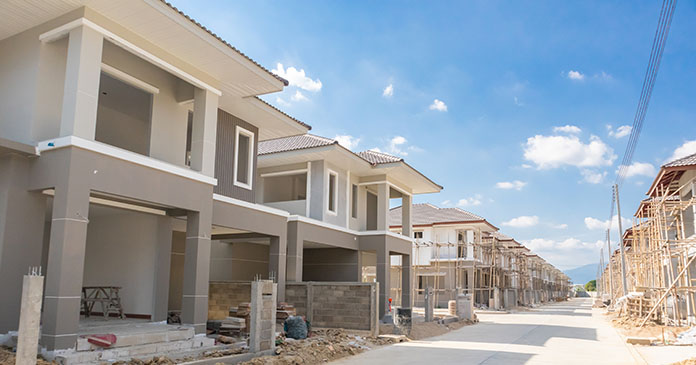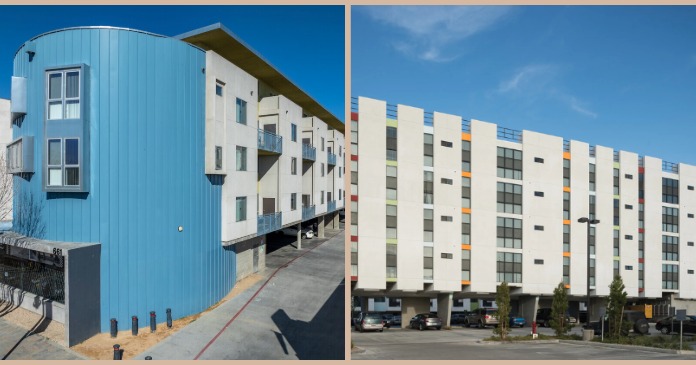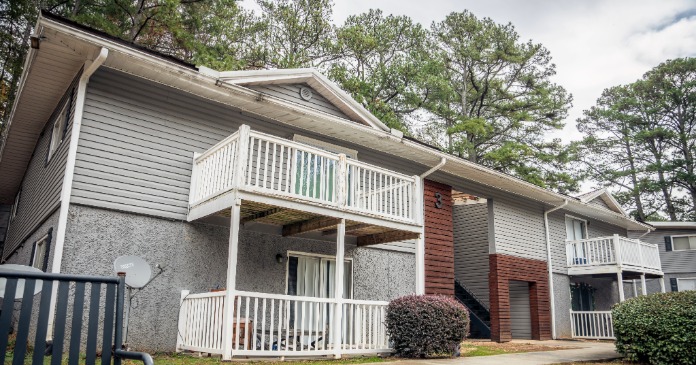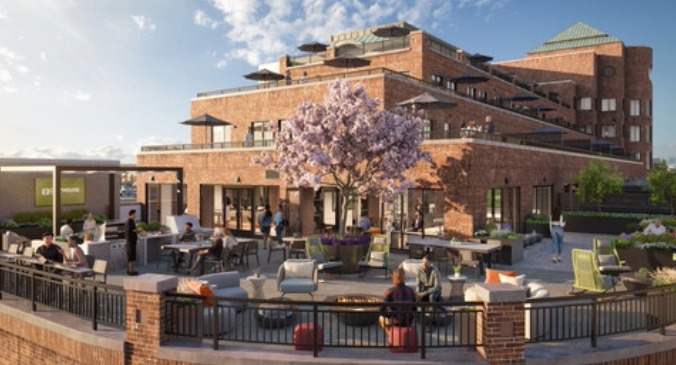Limited existing inventory combined with solid demand and improving supply chains helped push single-family starts to an 11-month high in May.
Overall housing starts in May increased 21.7 percent to a seasonally adjusted annual rate of 1.63 million units, according to a report from the U.S. Department of Housing and Urban Development and the U.S. Census Bureau.
The May reading of 1.63 million starts is the number of housing units builders would begin if development kept this pace for the next 12 months. Within this overall number, single-family starts increased 18.5 percent to a 997,00 seasonally adjusted annual rate. However, this remains 6.6 percent lower than a year ago. The multifamily sector, which includes apartment buildings and condos, increased 27.1 percent to an annualized 634,000 pace.
“Mirroring rising builder sentiment, single-family permits and starts increased in May as builders boosted production to meet unmet demand,” said Alicia Huey, chairman of the National Association of Home Builders (NAHB) and a custom home builder and developer from Birmingham, Ala. “Despite elevated interest rates that make the cost of housing more expensive, the lack of existing home inventory in most markets is leading to increased demand for new construction.”
“The May housing starts data and our latest builder confidence survey both point to a bottom forming for single-family residential construction earlier this year,” said NAHB Chief Economist Robert Dietz. “There have been some improvements to the supply-chain, although challenges persist for items like electrical transformers and lot availability. However, due to weakness at the start of the year, single-family housing starts are still down 24 percent on a year-to-date basis.”
And while single-family starts are down 24 percent year-to-date, single-family completions are down just 1.2 percent as projects started at the end of last year finish. Of note, the May housing data shows that the number of single-family homes under construction is down 16 percent compared to a year ago at 695,000, while the number of apartments under construction is up 17 percent to 994,000—the highest level since September 1974.
Dietz also noted that the May housing data signals a positive development on the inflation front. “Additional housing supply is good news for inflation data, because more inventory will help reduce shelter inflation, which is now a leading source of growth for the CPI,” he said.
On a regional and year-to-date basis, combined single-family and multifamily starts are 11.0 percent lower in the Northeast, 15.0 percent lower in the Midwest, 12.3 percent lower in the South and 24.7 percent lower in the West.
Overall permits increased 5.2 percent to a 1.49 million unit annualized rate in May. Single-family permits increased 4.8 percent to an 897,000 unit rate, but are down 25.5 percent year-to-date. Multifamily permits increased 5.9 percent to an annualized 594,000 pace.
Looking at regional permit data on a year-to-date basis, permits are 21.1 percent lower in the Northeast, 24.7 percent lower in the Midwest, 16.5 percent lower in the South and 24.1 percent lower in the West.













